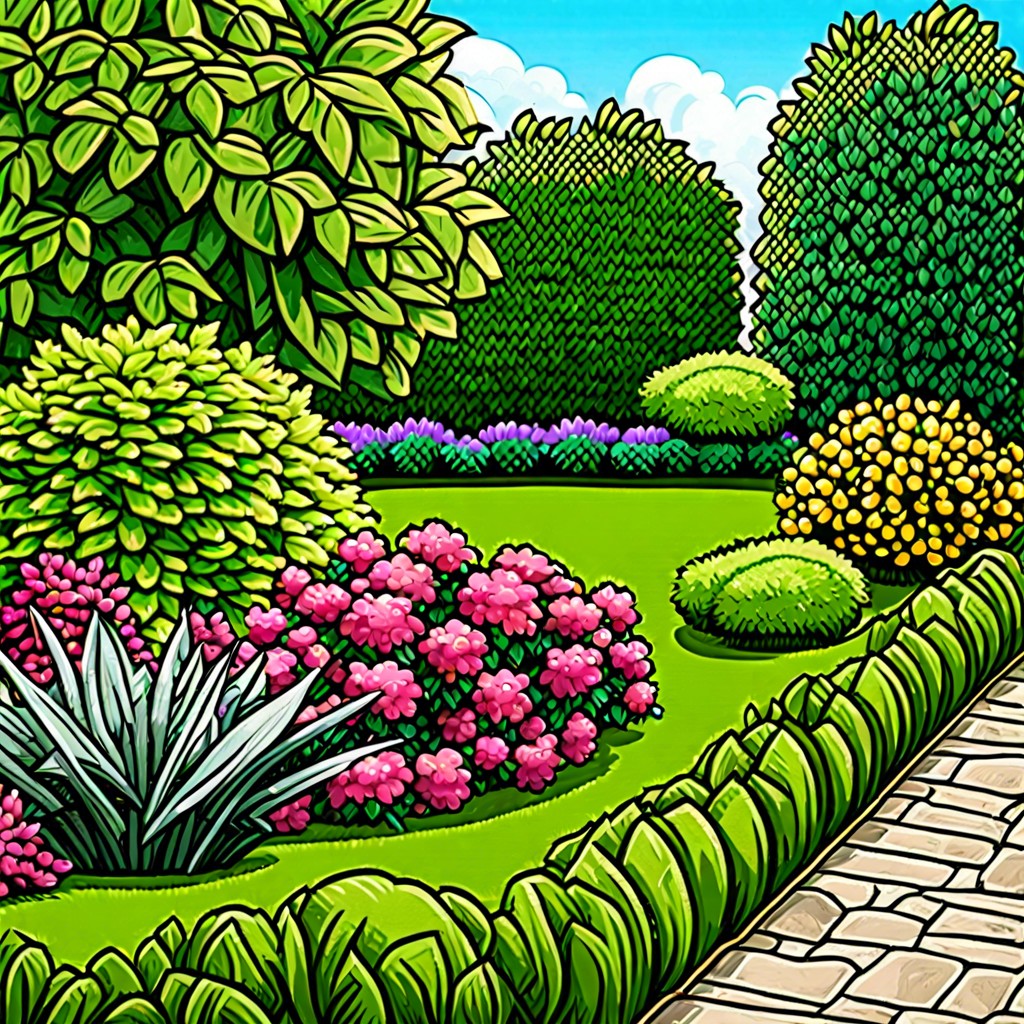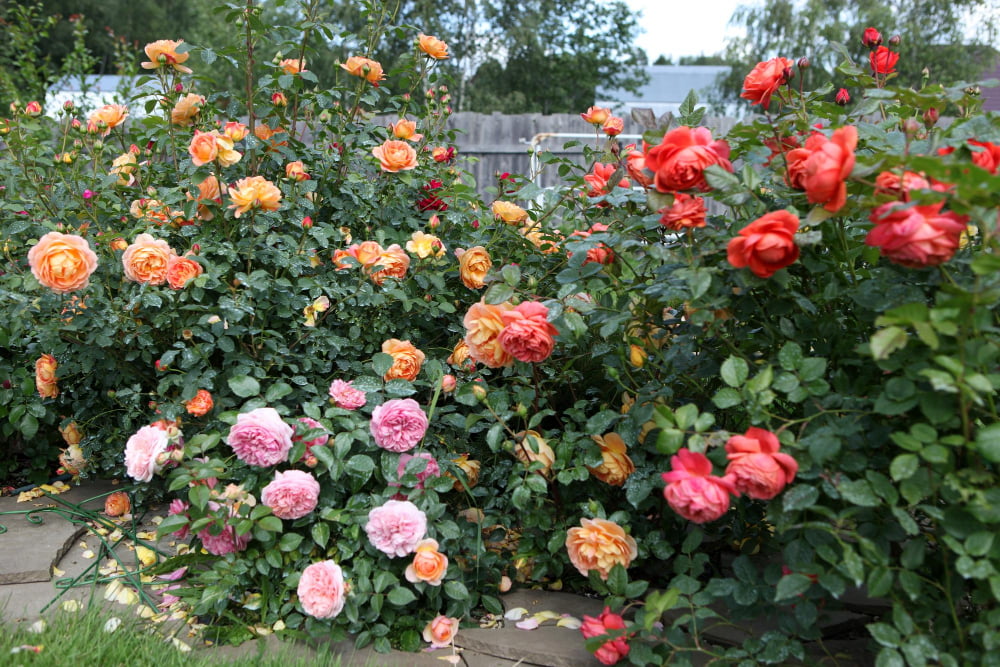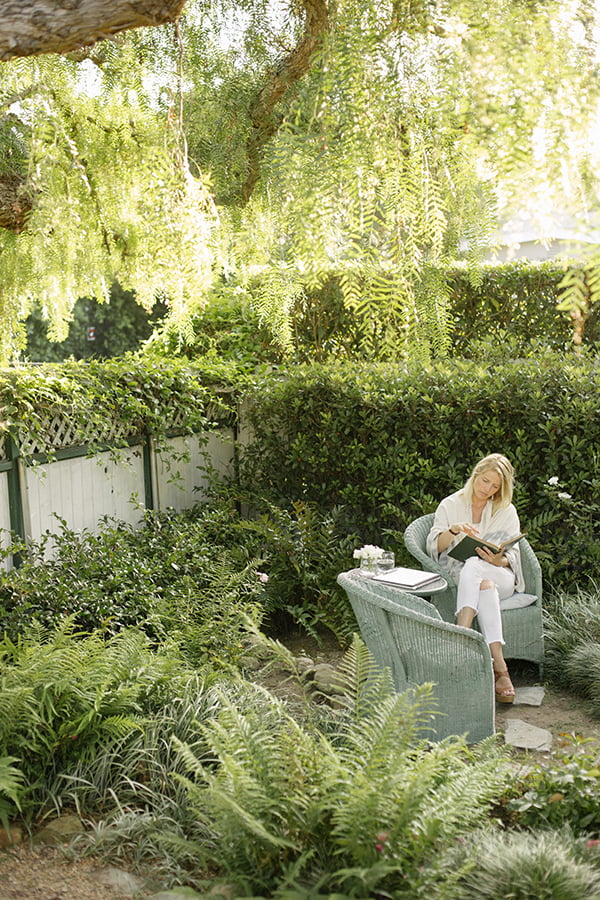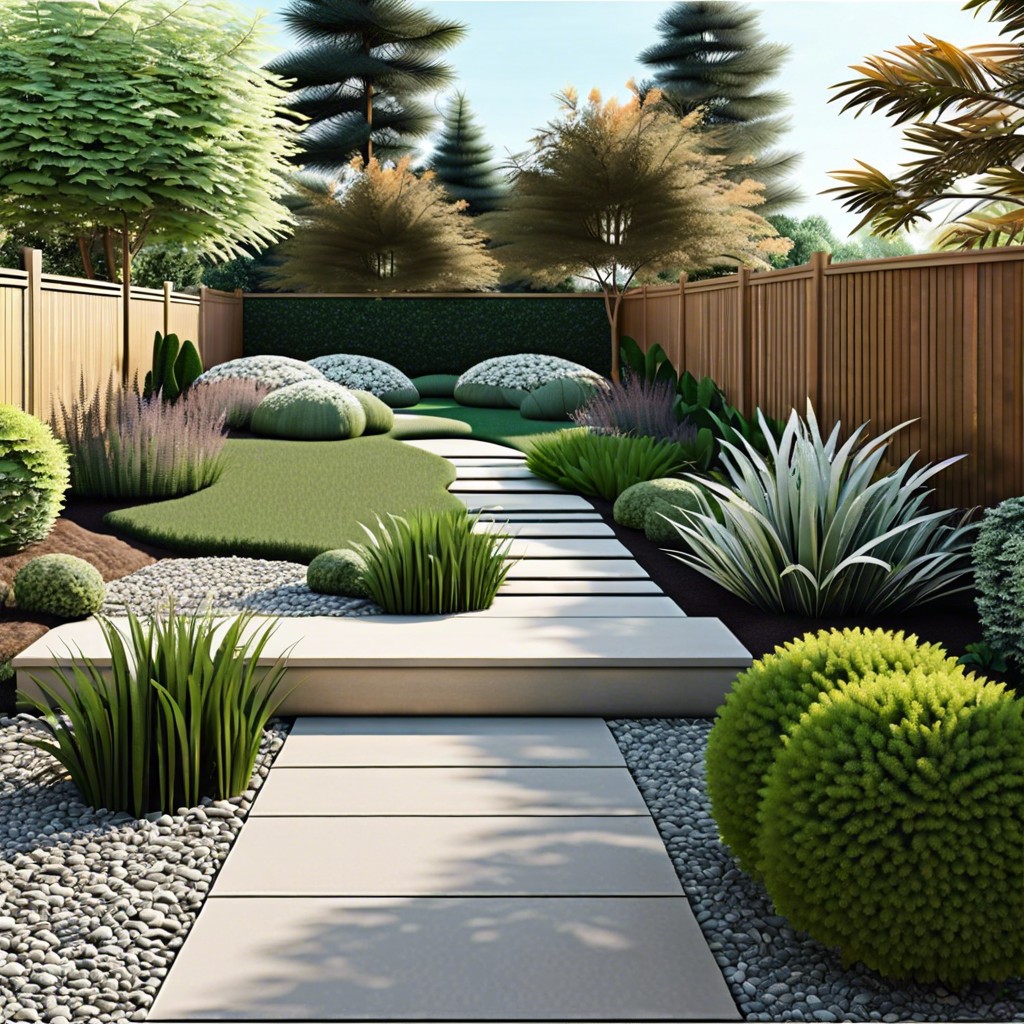Discover the variety of landscaping bushes available to enhance your outdoor space, including tips for selection, planting, and maintenance tailored to create a thriving garden.
Key takeaways:
- Different categories of landscaping bushes for various garden styles.
- Tips for growing healthy and vibrant shrubs in your landscape.
- Considerations for choosing the right landscaping shrub for your garden.
- Creating privacy with shrubs that offer beauty and seclusion.
- Flowering shrubs add vibrant colors and attract beneficial wildlife.
Popular Categories

Landscaping bushes can be categorized based on their growth habits, maintenance needs, and the visual impact they bring to a garden. Deciduous shrubs, for instance, offer seasonal changes with their leaves, providing a colorful display in autumn before shedding. Evergreen varieties, on the other hand, remain lush throughout the year, giving your garden a constant backdrop of green. For those who appreciate texture, ornamental grasses and bushes with unique foliage can add a tactile dimension to the landscape.
Dwarf species are perfect for small spaces or as border plants, maintaining a compact shape that requires minimal pruning. If you’re interested in fostering local wildlife, consider native shrubs that provide food and habitat for birds and beneficial insects. Conversely, formal gardens often benefit from the structure provided by neatly trimmed hedges and topiaries.
Understanding the different categories helps you create a harmonious landscape design that fits your personal style and the functional needs of your outdoor space. Whether you aim for a low-maintenance garden or a showy floral display, there’s a shrub category that meets your gardening goals.
Tips for Growing Shrubs
To nurture healthy and vibrant shrubs in your landscape, consider the following pointers:
Start with soil preparation because the right foundation is key for robust growth. Test your soil’s pH and nutrient levels to tailor your soil amendments effectively. Organic matter, like compost, can improve soil structure and fertility.
Select the right shrub for your climate zone. Not all shrubs thrive in the same conditions, so it’s crucial to pick species adapted to your area’s temperature extremes and precipitation levels.
Mind the sunlight requirements. Shrubs can be picky about their sun exposure. Full sun, partial shade, or full shade — make sure to plant them where they will receive their ideal amount of light.
Water wisely by establishing a consistent watering schedule. New plantings require more frequent watering to help roots establish. Once established, most shrubs benefit from a deep watering less frequently, encouraging stronger root systems.
Mulching helps retain soil moisture, regulate temperature, and suppress weeds. A layer of mulch around the base of your shrubs can be highly beneficial but keep it a few inches away from the stems to prevent rot.
Pruning is not just for size control – it also promotes healthy growth. Remove dead or diseased branches anytime, but do most of your pruning in late winter or early spring before new growth begins.
Fertilize appropriately for the species and age of the shrub. While many mature shrubs don’t need much fertilizer, younger plants often benefit from an annual boost, according to their specific needs.
Monitoring for pests and diseases can save your shrubs from irreversible damage. Keep an eye out for signs of trouble and act fast with eco-friendly solutions when possible.
By embracing these tips, you’ll be well on your way to fostering a beautiful and thriving shrub-filled landscape.
How Do I Choose a Landscaping Shrub?
Selecting the right shrub for your landscape boils down to a few important considerations that ensure both the beauty and the health of your garden.
Firstly, consider the shrub’s sunlight requirements, matching them with the lighting conditions of your intended planting area. While some shrubs thrive in full sun, others may need partial shade to flourish.
Next, think about the mature size of the shrub. It’s crucial to pick a species that fits well within your space when fully grown, to avoid overcrowding and excessive pruning.
It’s also essential to factor in the shrub’s hardiness. Check the USDA Hardiness Zone for your area to ensure the shrub you choose can withstand local winter temperatures.
Don’t overlook the maintenance aspect. Some shrubs are low-maintenance, while others might need more attention regarding watering, pruning, and pest control.
The purpose of the shrub in your landscape is just as vital. Are you looking for a showy flowering bush, a privacy screen, or maybe a shrub that attracts wildlife? Pinpointing your goal will help narrow down your choices.
Finally, always inspect the health of the shrubs before purchasing. Look for signs of disease or pest infestation and select the healthiest specimens to ensure a robust start to your landscaping endeavor.
Privacy Shrubs
Creating a natural barrier with shrubs not only enhances the beauty of your outdoor space but also provides the privacy you might be seeking. These living fences are an attractive alternative to wooden or vinyl fencing and can be a haven for local wildlife. When selecting the right shrubs for a privacy screen, consider their mature height and width. Fast-growing species like Thuja Green Giants grow quickly, offering seclusion in a short amount of time. For a year-round screen, evergreen shrubs such as holly or boxwood are reliable choices as they maintain their leaves throughout the seasons.
Take into account the sunlight your yard receives. While some privacy shrubs, like viburnum, can thrive in partial shade, others may require full sun to reach their full potential. Remember to provide ample space between plants to accommodate their growth and ensure healthy development. Regular pruning may be necessary to maintain a neat appearance, but be careful not to over-prune, as this can affect the plants’ density. Proper care and strategic placement of privacy shrubs will provide a lush and secluded outdoor environment for years to come.
Flowering Shrubs
Flowering shrubs can transform any garden into a vibrant tapestry of colors throughout the seasons. When selecting varieties for your landscape, consider the blooming time to ensure a succession of blossoms from early spring to late fall. Shrubs like forsythia and azaleas usher in the spring with bright blooms, while hydrangeas and rose bushes add midsummer color and interest.
For gardeners looking to add autumnal hues, options include fothergilla and witch hazel, which not only offer flowers but also stunning fall foliage. Keep in mind the local climate and soil conditions, as these will greatly influence the health and flowering ability of your chosen shrubs. Additionally, consider mature size and growth rate to ensure your space can accommodate the full-grown plant, and factor in sun exposure, as many flowering shrubs have specific light requirements to thrive.
Besides aesthetics, many flowering shrubs also attract beneficial wildlife. Hummingbirds, butterflies, and bees often visit gardens abundant with flowering shrubs, helping to pollinate plants and add dynamic life to your outdoor space. Integrating a mix of native and non-invasive exotic species can bolster the local ecosystem’s health while providing year-round visual appeal.




